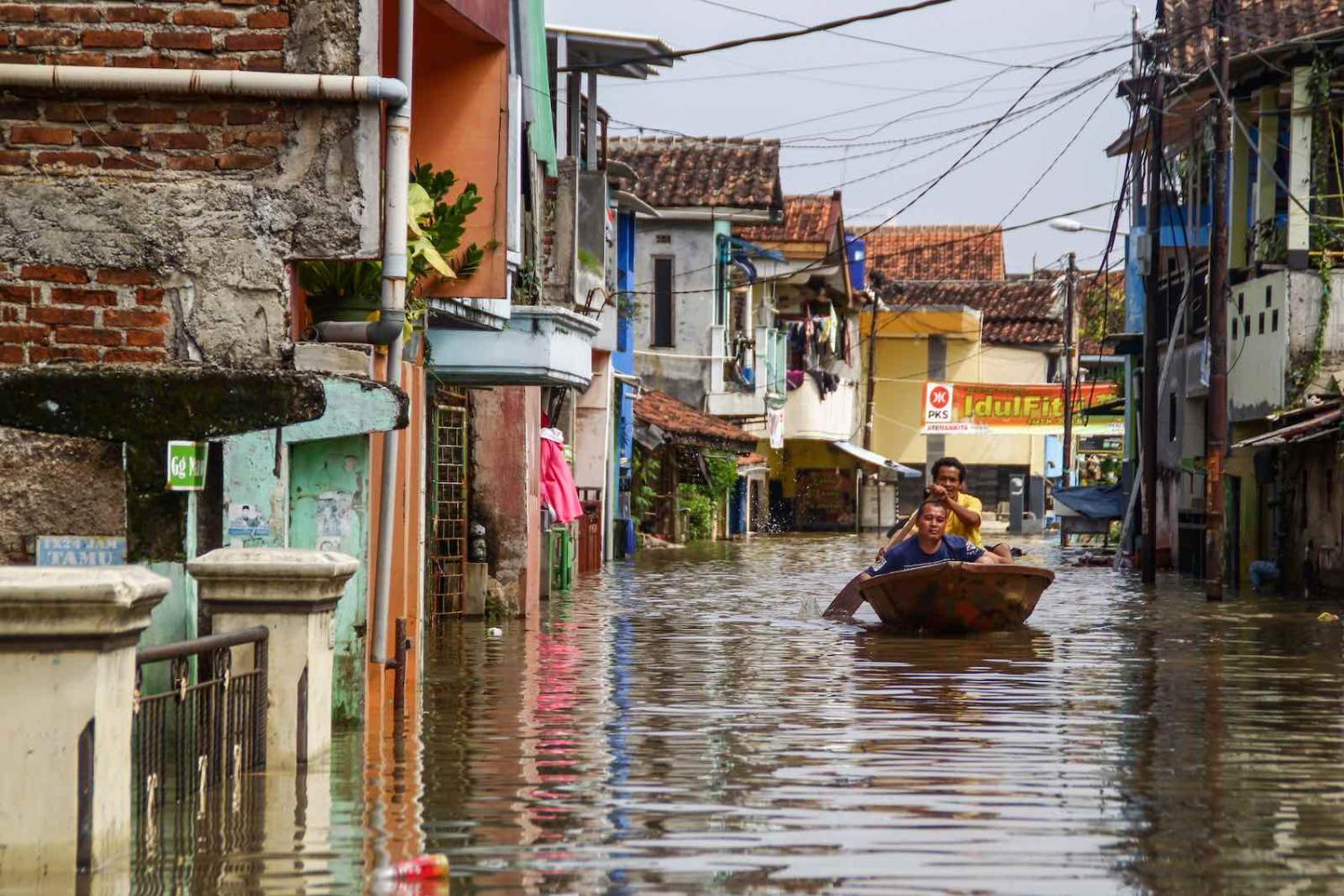Southeast Asian governments are aware of the intersecting challenges of water security and disaster governance. The importance member states of the Association of Southeast Asian Nations place on this dual imperative is reflected in the Kuala Lumpur Declaration on ASEAN 2025: Forging Ahead Together and the Building Resilience for Sustainable ASEAN from Water-Related Disasters Project.
However, the frameworks and activities of these two domains for dealing with water – too little, too much or polluted – are still not as integrated as they should be. How can ASEAN member states enhance their capacity to safeguard adequate access to clean, potable water and mitigate water-related disaster impacts together?
Framing and addressing water-security challenges using a disaster governance lens can create alternative pathways for pooling resources, building political will, preventing conflicts and promoting transboundary cooperation to secure water and build resilience.
One way to fulfill this objective at the regional level is to integrate water-security priorities into broader disaster governance goals. The ASEAN Agreement on Disaster Management and Emergency Response (AADMER) work program offers an entry point.
The AADMER is not only a framework for regional cooperation in reducing disaster losses and jointly responding to emergencies. It is also a legally binding instrument, the first of its kind. It has an advantage in receiving dedicated and sustained political, financial and administrative support over other competing regional priorities in a normative institution like ASEAN.
Inequalities underlie many water-related challenges. Addressing them requires participatory dialogue and action.
Population growth, rapid urbanisation and climate change are drivers of water shortage, pollution and flooding in Southeast Asia. There are several ways to raise the profile of water-security activities as a countermeasure to these disaster-related challenges and an enabler of resilience-building under the AADMER.
One step is to advocate for the closer alignment of ASEAN efforts for reducing water scarcity and managing drought risk. Droughts are an ever-present threat in the region that affected more than 70% of the region’s land in the past five years and burdened the poor the most. The severity of droughts is at a record high, and it is likely to be more severe because of global warming.
Droughts are complex, slow-onset disasters with indirect effects that develop gradually and accumulate over time – making them harder to keep in mind, track and address. They trigger water insecurity and other cascading effects that increase vulnerability, such as decreased food production, loss of livelihoods, forced migration and regional instability.
Despite awareness of these trends and the urgency of addressing climate risks, the regional disaster management of droughts is lagging compared to other water-related hazards. For instance, there has not been a single ASEAN joint response to alleviate drought impacts.
However, the recently completed first standardised analysis of droughts across member states can help improve regional policies for a new climate reality. It presents an opportunity to leverage the expertise and lessons learned by the ASEAN Working Group on Water Resources Management since 2005.
Incorporating water shortage and stress solutions and contingency plans into disaster-risk assessments, early warning systems, response mechanisms, needs assessments and risk financing can help ASEAN make tangible progress towards more proactive and adaptive drought-risk management.
Similarly, using people-centered disaster governance mechanisms like community-based methods for coping with recurring droughts can aid in meeting the water needs of a growing population without leaving vulnerable people behind. It can also assist in driving local participation in water-rationing exercises to minimise the overuse of water resources, especially in sprawling urban areas.
Another step is to merge structural water-security measures for preventing water pollution and flooding and non-structural approaches for addressing the compound risks of water-related disasters.

Floods and flash floods are the most common, damaging and recurring natural hazards across ASEAN. They are triggered by intense rainfall, worsened by rising sea levels, and become vectors of contamination. Several low-lying coastal cities in the region are increasingly prone to floods because of ageing water infrastructure and inadequate drainage and wastewater utilities.
Including the provision of a safe, stable water supply as a priority in disaster preparedness can lower the risk of waterborne disease outbreaks. Adopting technologies to monitor structural conditions and water levels in reservoirs can assist in designing redundancy into systems and strengthening disaster response for emerging threats such as dam failures.
Similarly, non-structural disaster governance approaches can boost the effectiveness of the tools of water security. Using disaster risk-informed development frameworks in water security planning can highlight trade-offs of investment actions. For instance, installing floodwalls can enhance the protection of urban centers. But it also creates uneven exposure to floods in neighboring rural communities.
Finally, inequalities underlie many water-related challenges. Addressing them requires participatory dialogue and action that embraces the interests and capacities of local actors and the private sector.
Social marginalisation, politicised commodification, environmental racism and unregulated privatisation undermine measures to secure water. Diverse and inclusive disaster governance crowd-sourcing networks can be effective platforms for multi-stakeholder cooperation.
Implementing these initiatives under AADMER will help ensure that collective efforts to secure water and build resilience in ASEAN will continuously receive funds, direction and support.

